Premium AEROTEC and Lockheed Martin have signed an agreement to explore opportunities to implement Premium AEROTEC’s additive manufacturing processes (3D printing, essentially) into the F-35 Lighting II Programme.
Premium AEROTEC and Lockheed Martin will collaborate to identify candidate parts in the F-35 aircraft that could be manufactured with additive manufacturing techniques with the target of improving efficiencies and further reducing costs as the F-35 reaches full rate production and sustainment of the operational fleet.
“We are excited to work with Lockheed Martin”, says Premium AEROTEC CEO Thomas Ehm.
“This collaboration is a first step for our company into the important US defense market. Furthermore it’s a great opportunity to demonstrate the advantages of Premium AEROTEC’s leading edge 3D-printing products and processes in combination with state of the art combat aircraft technology.”
“We see tremendous opportunity for additive manufacturing to further reduce costs, enhance quality and improve speed across the F-35 enterprise,” said Greg Ulmer, Lockheed Martin vice president and general manager of the F-35 program.
“F-35 production includes the most advanced manufacturing techniques of any fighter jet in the world and partnering with companies like Premium AEROTEC, we will continue to integrate additional automation and additive manufacturing techniques that will ensure we’re always delivering on our cost, quality and efficiency goals.”
This isn’t a first for the aircraft however, last year a team of U.S. Marines 3D printed a part for the F-35 stealth fighter saving $70,000 in costs for a whole new landing gear door.
The component is a small part mounted on the door pressing it into the latch. It was designed and 3D printed by Marines from Combat Logistics Battalion 31 (CLB-31) in Carderock, Maryland.
Sam Pratt, a mechanical engineer at the Carderock’s Additive Manufacturing Project Office, said in a release:
“You can’t buy the piece separate from the landing gear door which is a cost of $70,000. by having the capabilities to print in the field, we were able to replicate the part for a cost of roughly 9 cents.”
Even the now retired Tornado was familiar with this kind of thing. Back in 2014, some Tornado jets had flown with parts made using 3D printing technology. The metal components were used in test flights from the firm’s airfield at Warton and included protective covers for cockpit radios.


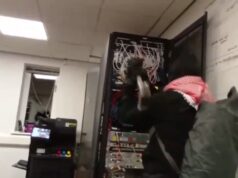

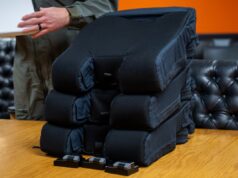

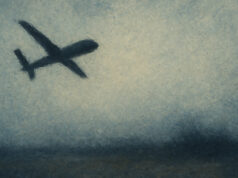
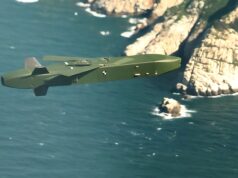
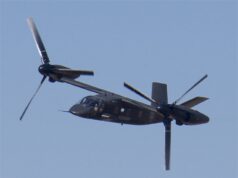
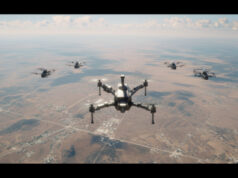
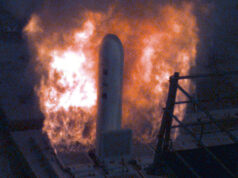


One day we will have 3d printed tanks or even ships, we already have guns.
And so begins the plastic wars… or is it all about petroleum again
M@
additive manufacturing also is done with metal
Eh, I doubt it.
It’s a tool for the box, but it isn’t a “miracle worker”.
Sometimes, a hammer is only good for hammering!